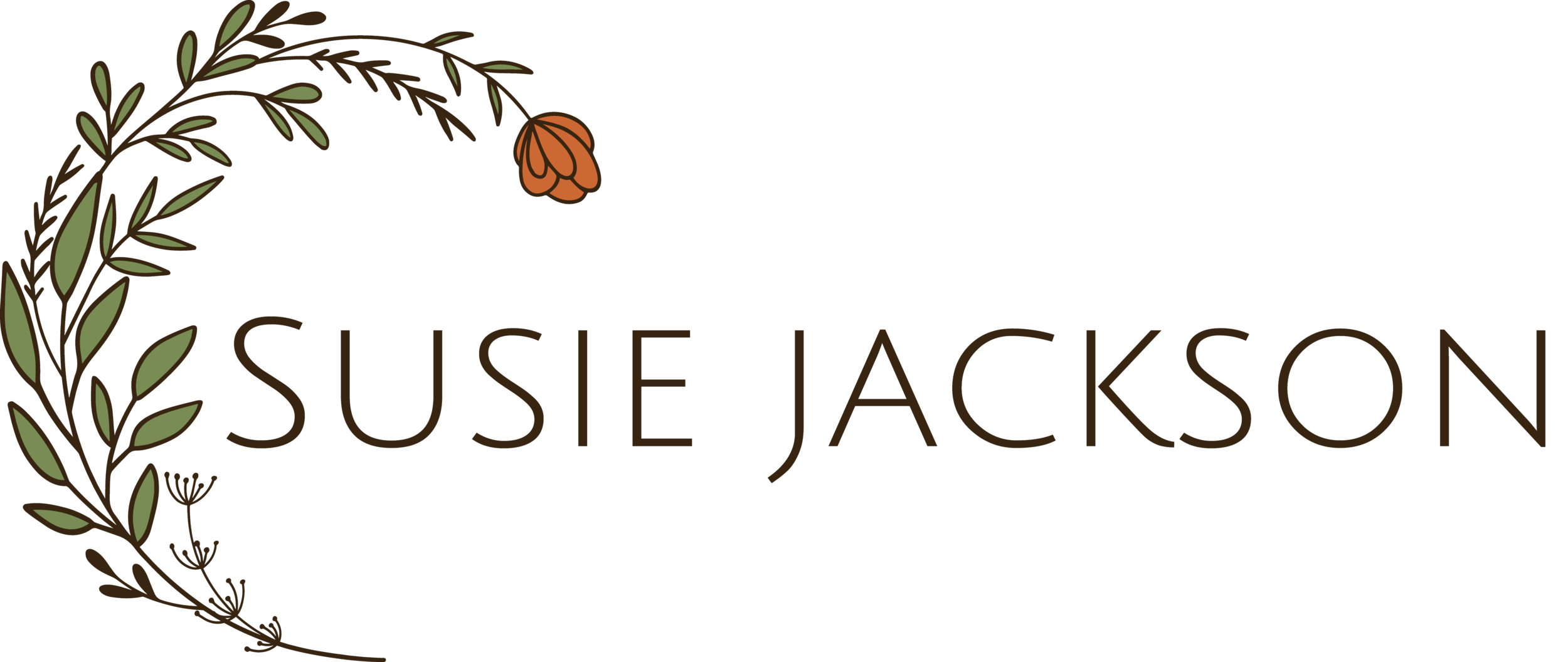How to Create a Small Business Budget When Starting Out as a Freelancer
Whenever I’m asked how to create a small business budget, I always point people in the direction of my business budgeting spreadsheet. It comes with full written and video instructions to guide you through the process of setting a budget for your business and tracking your expenses from month to month.
The budgeting method I teach encourages you to use real spending data from the last 12 months to predict your expenses for the coming year. But what if you’re new to freelancing? What if you’re just starting out and you don’t yet have any spending data to base your budget on?
This is a problem that most small business owners encounter at the start of their freelance journeys. And since having a budget is the first step to understanding your business expenses and setting your rates, it can be a significant stumbling block when it comes to getting your prices right.
In this blog post, I want to show you how you can overcome this issue if your freelance career is just getting off the ground. I’m sharing 3 steps to help you create a budget when you don’t have any data to base it on, so you can then set the right rates for your business from the very beginning.
How to set a business budget when you don’t have any previous spending data
1) Brain-dump all your potential expenses
I usually recommend going back over your expenses for the last 12 months and using that data to think about what you want to spend on in the coming year. However, if this isn’t an option for you, the best way to start is by brain-dumping every expense you can think of that you might need.
Begin by dividing potential business expenses across different categories. I’d suggest starting with the below:
Continuous Professional Development (CPD)/training - Are there any courses you’d like to take that you think would be helpful in setting up your freelance business?
Hardware/equipment - You might need a faster computer to allow you to work more efficiently, or perhaps you need a desk to set up your home office.
Software - Are there any software programs you’re likely to need to be able to collaborate with agencies or work with clients directly? You might be expected to have Microsoft Office, and perhaps you’ll need a CAT tool if you’re a translator or Adobe Photoshop and InDesign if you’re a graphic designer.
Marketing - Think about how you’re going to market your business from the off. If you want a website, for example, how are you going to go about creating it, which platform are you going to use, and how much is it going to cost you?
Networking - Word of mouth is one of the best ways of getting new business when you’re starting out. Are there any professional associations you’d like to join or any events that would be good to attend?
Professional services - If you don’t enjoy working with numbers and want someone to help you with your tax returns, you might decide to use an accountant from the beginning. Or if you feel as though you would benefit from mentoring or coaching to get you off to the best possible start, you might want to consider these expenses as well.
Miscellaneous - Is there anything else you think will help you get set up, or are there any other costs you’re likely to incur? For instance, depending on which bank you use, you might have account set-up costs and monthly fees to plan for.
These are just some of the main expense categories you’re likely to need when starting out as a freelancer, but there are many others you could consider too. For example, if you decide to have a work telephone number, you might want to include office communications among your expenses.
In any case, while thinking about potential expenses for the coming year, you only need to be considering fixed expenses (the ones that come out of your own pocket). If you think you might have any variable expenses (resulting from specific services/client projects), take a look at this blog post on the different types of business expenses to see how to go about dealing with those.
2) Decide which expenses are a priority for you
Once you’ve put together a list of all your potential expenses, decide which ones are the highest priority for you to get your business up and running. Which expenses will you definitely need to invest in and spend money on in Year 1, even if your business isn't making any money yet?
You might decide you absolutely want a website to share with potential clients, or maybe you feel you need to take a course to understand how best to proceed. Perhaps there’s a certain software you’re going to need if you want to be able to fulfil job requests. Similarly, there might be an event taking place that feels particularly relevant to you and that you don’t want to miss out on.
Pick out your priorities from your list of expenses and decide which are going to make it into your budget for the next 12 months.
For the expenses that are left over, think about how you’re going to decide when it's the right time to invest in them. Will you decide to allocate certain expenses to future years instead, or will you set yourself income thresholds to hit before you spend on these items?
3) Use your spreadsheet to create your budget and track your expenses
After you’ve decided what you’re going to spend money on in Year 1, add your expenses to your budgeting spreadsheet.
Try to put as accurate an estimate as you can for all your business expenses. This will be easier to do if you have a clear idea of how you’re going to do things, which products you’re going to buy and which service providers or professional associations you want to work with. If you’re not sure and you’re worried about not setting aside enough for your expenses, you can always create an emergency fund that you can dip into whenever you’ve underestimated something or face an unexpected cost.
As you begin your first year as a freelancer, you can also use your budgeting spreadsheet to keep track of your expenses as you go along. Not only will this help you stay on top of your finances so you aren’t overspending, it’ll also help you make sure you’re investing in the areas that are important for the development of your business.
If you are new to freelancing, I really hope this blog post will help you create a small business budget, even when you don’t have any spending data to base your numbers on. Having a budget for your business is essential, not just for managing your finances but also for setting your prices. Once you know what your business expenses are likely to be, you can combine these with your personal expenses to make sure you’re earning enough money from your business to comfortably cover both.
My free business budgeting spreadsheet comes complete with written and video instructions to help you create your budget and get started off on the right foot. To access it, click on the button below.
Hi, I’m Susie
I mentor freelancers on pricing and business finances so you can earn a decent living doing what you love.
I’m a translator, editor, chocoholic, crochet addict, animal lover, and budding gardener (get it?) who loves empowering others to achieve their goals.















